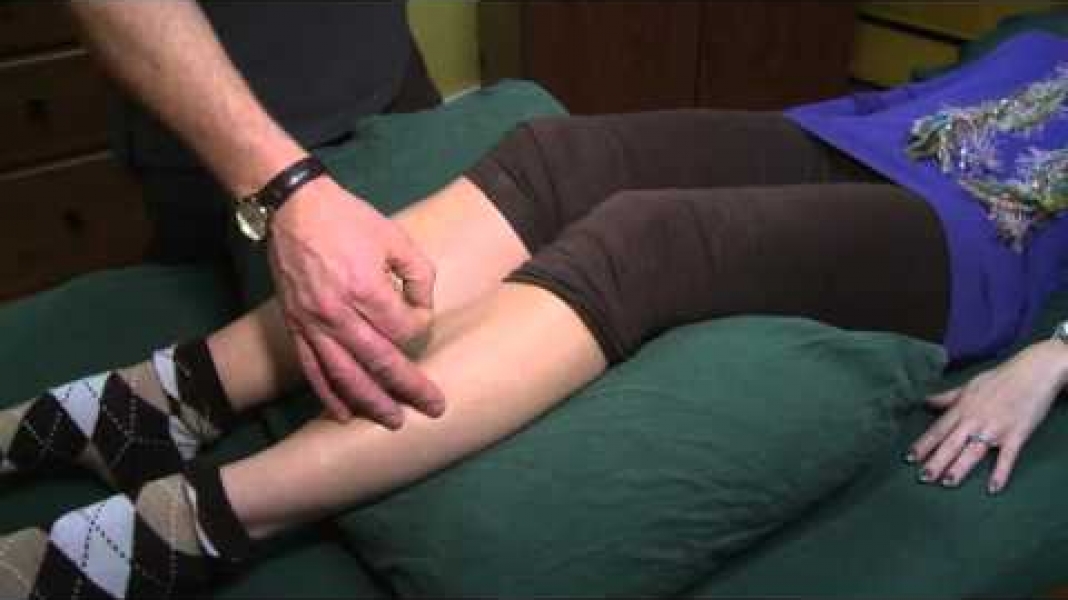

by Carl Parnham RMT
The “big picture” in my work all starts with postural assessment. The power of properly integrating a thorough postural assessment into a treatment can be astonishing! It goes far beyond the normal focus of symptoms of muscle tightness and pain.
Posture has been defined as a “synthesis of the positions of all the body’s joints at any given time.” Indeed, posture may be focused on positions of the joints, but it tells much more about how the muscles and related sinews are holding the joints. Long term muscle imbalance tells the story of your past injuries, and how you have overused them and compensated. They even tell us the story of your future pains and injuries if you don’t do something about it!
As a therapist I can’t help but analyze people on a bus; the guy leaning on a pole with his neck cocked to one side; the young lady sitting hunched, head extended, neck protruding, jaw clenched, rapidly thumbing out a text message; over there, I see the middle-aged, slightly overweight guy standing at a crosswalk leaning all his weight onto one leg with his opposite hip sticking far, far out.
Sometimes people hold their body in unsustainable ways because of an imbalance that already exists — but sometimes, it is a little habit that is predicting an imbalance being created. If she already isn’t, in time, the lady on the bus will start to experience neck tension, leading to specific neck and shoulder muscles being cramped and in pain, she may develop chronic tension headaches due to these imbalances. Certain very overworked muscles (upper trapezius, levator scapulae, rhomboids, etc) are generating large metabolic wastes and demanding more nourishment. Yet ironically, the very blood circulation critically needed to remove wastes and bring in nourishing factors is now slowing and restricted due to the chronic tension! And the fellow waiting at the crosswalk, (let’s call him Jimmy), not only will his hip start to become (more) unstable but he is putting an unnecessary and immense amount of physical stress on his one knee, causing stress on the knee cartilage and ligaments and straining locally supportive muscle/tendons that control this joint.
The mysterious case of Jimmy: If we looked carefully, Jimmy may have a very common situation called the “Zig Zag effect”. So let’s say Jimmy comes to me with neck pain now, and headaches that have been stopping him in his tracks. His doctor has given him anti-inflammatory pain medications, but they have not solved the problem. And now things are worse. It’s costing him big time; chronic suffering with headaches, he’s not enjoying life (the doctor put him on a small dose of antidepressants too), sleep deprivation (he is trying, just for now, sleeping pills as well as a temporary aid), and lost productivity at work. He has other physical issues I see in his intake form, but really, his main and urgent focus is just helping him with his headaches. I take a bit of time though to do a postural assessment and I get a clear history of what has been happening to Jimmy over the last weeks and months. So, Jimmy twisted his right ankle while out running 3 months ago, and he developed a limp to take the weight off his right ankle and I see him put it all on his left leg. Over time, this new stress wasn’t likely well supported by his left knee. Although Jimmy’s ankle feels better than it did originally, but his knee has started to grind a bit and he is experiencing a mild arthritis there (he got anti-inflammatory meds for that too). Jimmy ‘s left knee pain causes him to compensate now and I see his stride and stance are distorted, now loading and stressing his right hip. Then this is where everything has escalated I believe; not only is this re-aggravating the original right ankle and left knee (making them prone to chronic re-injury if he ever wants to run again), but Jimmy’s right hip problem is transferred further up too! His left low back is subtly yet significantly twisted and torqued, and he is also transferring these distortions to his right mid back, then to his left shoulder, and finally to his right side of his neck. Bingo! I see it. Jimmy’s body has compensated sequentially, zig zag wise, since his ankle injury, leaving him with a chronic kink in his right neck, a dropped left shoulder, a raised right hip. I know no matter how many treatments we do on his neck, the problem won’t resolve unless we also address the stuff going on below too. We work on Jimmy’s back, hip and legs, and send him to our personal trainer for a few sessions to discover his workout plan for life. We are not just giving him temporary relief of his problem, but we are helping him focus on the root of the issue so that we can work to fully resolve it. We help Jimmy understand the problem, and build his trust by getting better results than anyone else who has just focused on neck and headaches. Just maybe, he’s ready to make a Turning Point! It’ll take some effort on Jimmy’s part; his lifestyle will need to change. Indeed, Jimmy got injured likely because of a weakened core sitting at his desk 10 hours a day and being overweight. The problem apparently started with the ankle in this story, but really, it was Jimmy’s loss of balance, strength and stability in his core muscles which made him vulnerable to twisting his ankle and not being able to compensate properly in the healing process afterward (but that is another blog!).
Everything is connected in the body, head to toe, foot to hand (and our lifestyle and attitudes on how we look after ourselves). The path to understanding the biomechanical dysfunction can be a long and sometimes a confusing road. The importance of postural assessment is that it can lead you in the right direction, not only to understanding and properly treating a problem like Jimmy’s, but also in predicting if a body is heading for pain and how to beat it before it goes bad!




